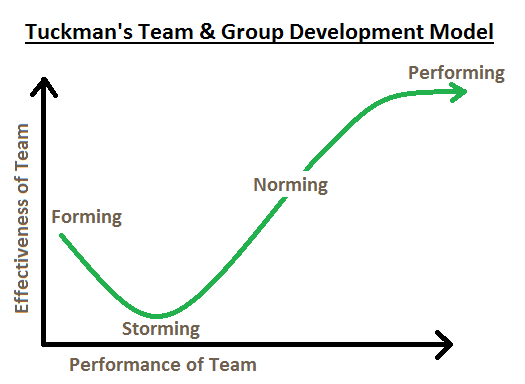Most leaders would say that their primary goal is to ensure that their team is successful, but how does that come to fruition? Leading others to success is a constant and creative process that requires planning, communication, and execution.
In this blog, we’re going to start from a foundation where you have goals or objectives already established and you’re working with a group of individuals that are already assembled. Note: If you’re starting from scratch to put a team together, you have the responsibility to take additional steps that will help you select the most competent individuals for the various team roles and KSAs required for success.
First: Get to know your team!
What are the elements of each unique person? Are you showing value by not only getting to know them, but also encouraging connection and trust building between the team members? We all have communication styles, preferences, strengths, experience, personal goals, and yes, blind spots, needs, and bad habits.
Leaders must invest the time to uncover these factors and consider each individual in the team environment. Often, this can take time, especially if you are new to the team or have recently changed your role within the team. Possible methods to accomplish this goal include 1:1 meetings, observation, personal development goals and actions for each person, and assessments. One critical element that will facilitate your understanding, and the willingness of your team to share their thoughts, is trust-building. Leaders that are consistent, authentic, welcoming, transparent and genuinely interested in their team members build trust and show that they are trustworthy.
Consider – If you don’t know these elements – how can you motivate, connect with, build trust with and empower each person?
Second: What is the status of your team?
It is essential for leaders to consider the stage that their team is in and not assume how these individuals are working together. Often, it can be easy to believe that just because individuals have been working together or accomplishing tasks, they are healthy and effective. Some high performing teams can actually have toxic sub-cultures where strong egos, a lack of boundaries, and even unethical methods may exist. We need to observe, gather feedback and assess what is working and what isn’t before we move forward. One way to do this is by considering Tuckman’s team stages. It can be a wonderful means to not only diagnose/understand team dynamics, but also the appropriate leadership actions based on the appropriate team stage.
Tuckman’s Team Stages is a model that describes the different stages of development that a team typically goes through as they work together to achieve a common goal. The model was developed by psychologist Bruce Tuckman in 1965 and has since become a widely recognized framework for understanding the dynamics of group development.

*image source: www.thecoachingtoolscompany.com
- Forming: This is the initial stage where team members come together, get to know each other, and establish their roles and responsibilities. They may also discuss their goals and expectations for the project.
- Storming: During this stage, team members may start to disagree with each other and compete for influence within the group. Conflict may arise as team members try to establish their position and assert their opinions.
- Norming: Once the team has worked through the conflicts of the storming stage, they move into the norming stage. Here, the team establishes its norms, values, and operating procedures. Communication improves, and team members start to work together more effectively.
- Performing: In the performing stage, the team has developed a strong sense of unity and collaboration. They are highly productive, and everyone is committed to achieving the team’s goals.
- Adjourning: Finally, the team moves into the adjourning stage, where the project is completed, and the team disbands. Team members may feel a sense of loss as they say goodbye to their colleagues and the project they worked on together.
Consider – It’s important to note that while Tuckman’s team stages are a useful framework for understanding team development, not all teams go through every stage or experience them in the same order. Some teams may skip stages altogether, or experience them in a different order depending on their specific circumstances.
Third: How Will I Behave With My Team?
Leaders need to consider their roles in the oversight, management, and empowerment of their teams. It is a delicate balance that leaders must consider to avoid extremes of being absent vs. micromanaging or supportive vs. overinvolved. For example,
- Are you providing adequate resources, knowledge and guidance?
- Are you removing barriers and addressing issues internal and external to the team?
- Are you transparent and consistent with information, updates, feedback?
- Are you open to hearing ideas, concerns, needs and creating a safe space for that dialogue to take place?
- Are you encouraging and celebrating “wins” and team successes?
- Are you looking ahead providing strategic guidance and alignment?
- Are you empowering and allowing the team to bring their individual experience
Consider – Trust is the foundation of any high-performing team. How are you intentionally building this with each individual and expecting trust-focused norms to be in effect between team members?
Ultimately, team success is a constant goal. Recognizing that most teams encounter changes and challenges, leaders must constantly be on their toes and remain curious and committed to these three areas.
Are you ready to explore how to best tackle that important goal? At Dame Leadership, we offer trusted support for leaders, including CEOs and executives, to help you achieve your greatest legacy. Our virtual and in-person services, including coaching, assessments, and leadership development allow you to engage with experienced executive thought partners to help you brainstorm, process ideas, and gain motivation for further personal and organizational growth.



